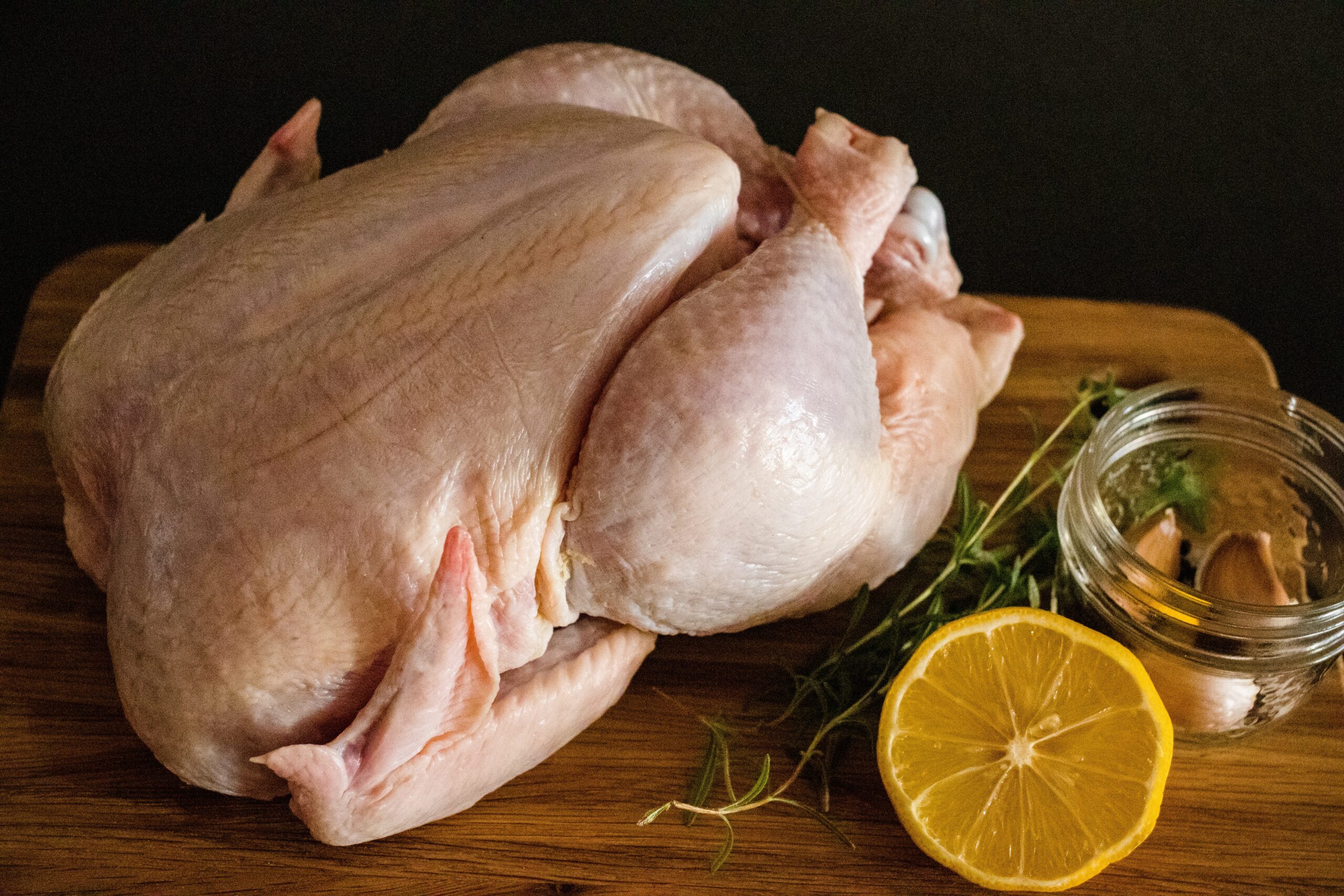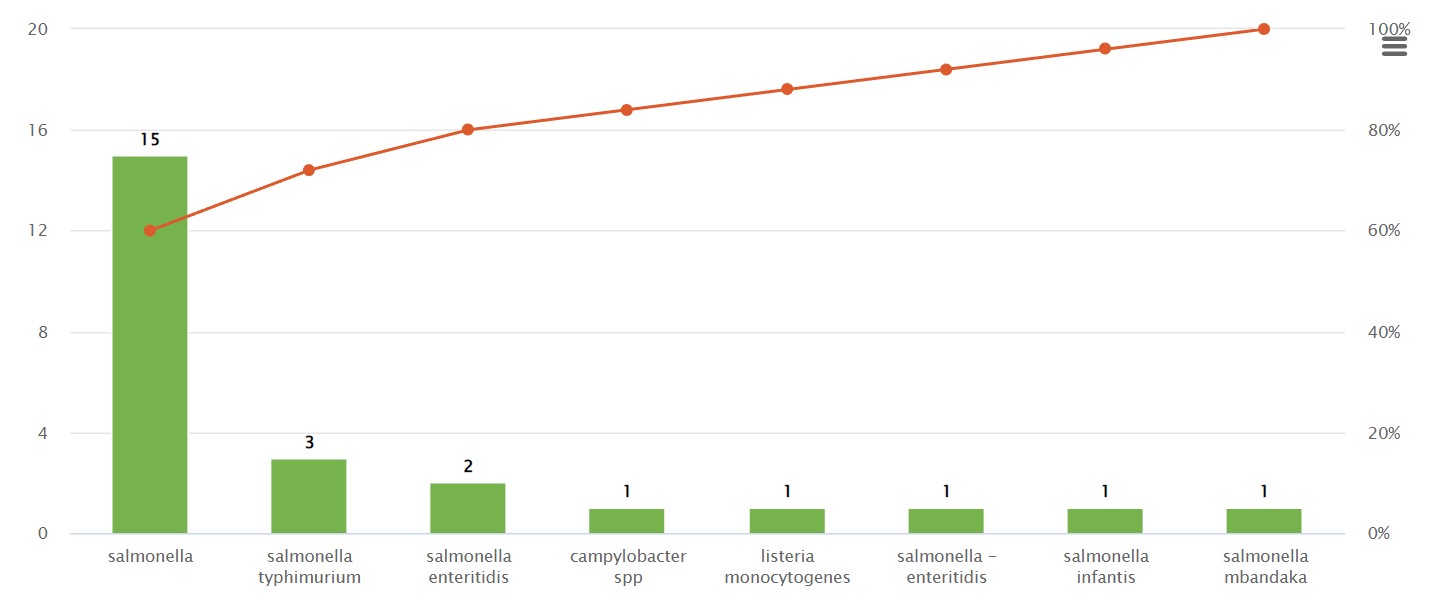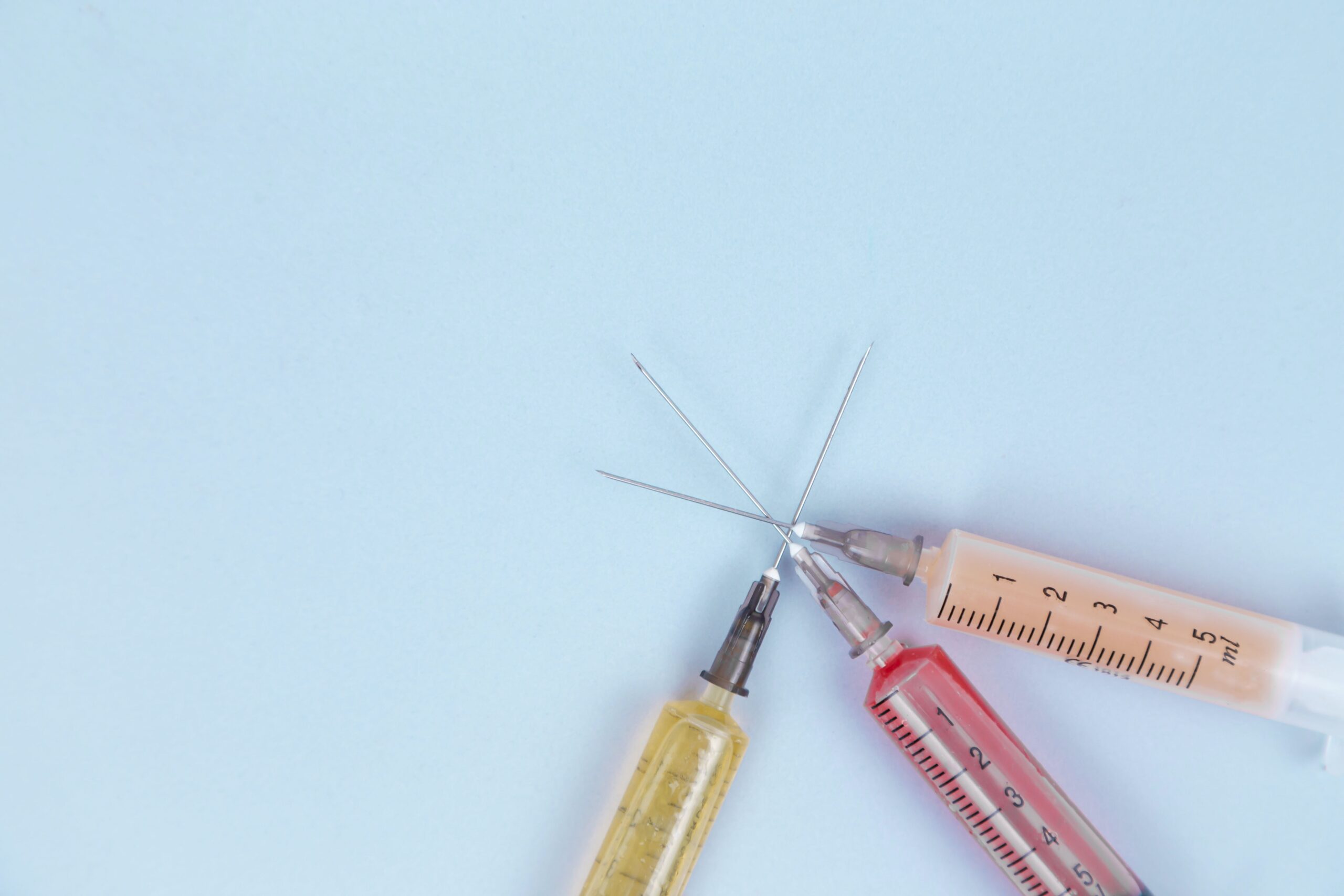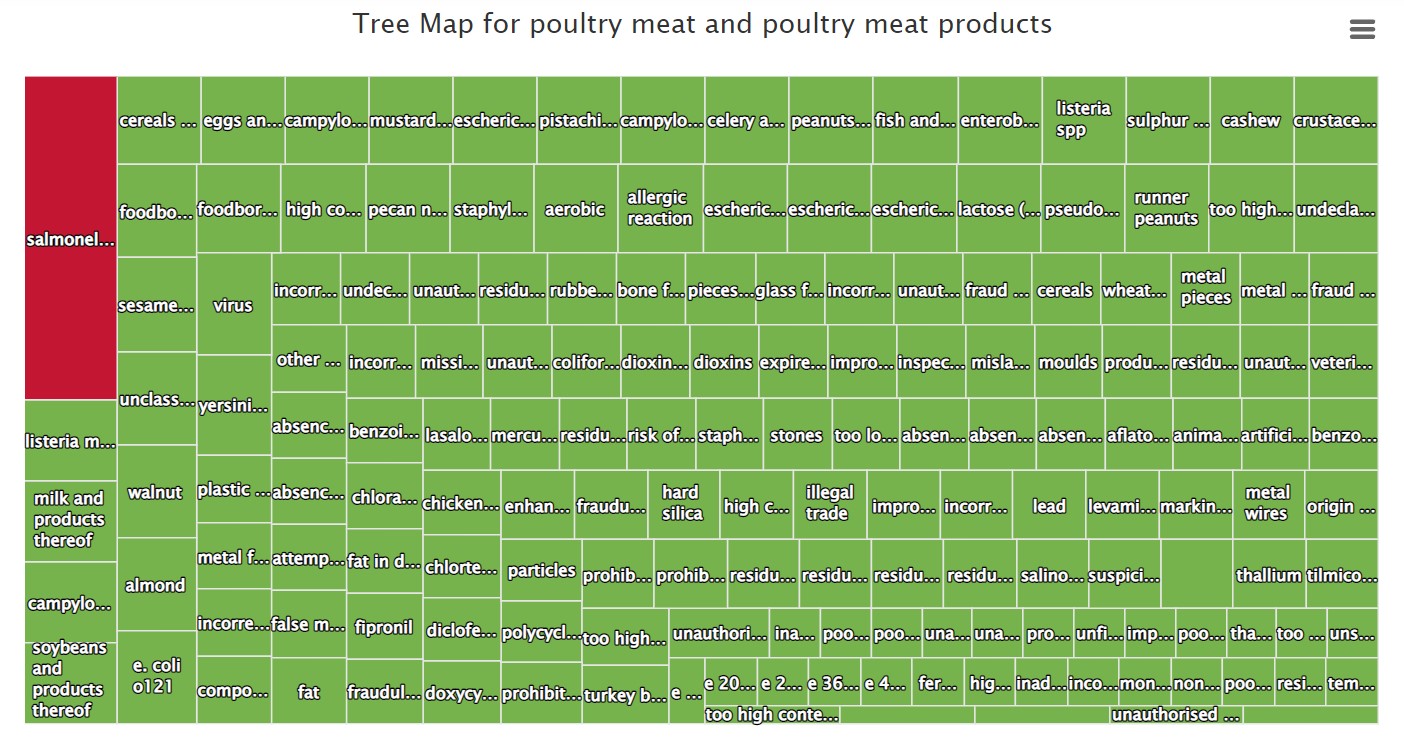
Food safety incident trends & forecasts in poultry meat and poultry meat products
The poultry industry plays a significant role in the food industry worldwide, as it is one of the largest producers and suppliers of animal protein due to its versatile, affordable, and nutritional products for consumers. It is a highly regulated industry in order to ensure food safety and animal welfare. Food safety regulations include requirements for poultry processing facilities to maintain cleanliness and sanitation, and to test for pathogenic bacteria such as Salmonella.
Poultry producers also follow strict protocols for feed, medication, and vaccination programs to ensure the health and well-being of the animals.

Even though strict regulations are in place, each year around 1.35 million people become ill from Salmonella in the U.S, a quarter of those related to the consumption of poultry meat.
Likewise, in 2021 salmonellosis was the second most reported zoonotic disease in the EU, with 60,050 cases – a 14.3% increase in EU notification rate compared with 2020. Furthermore, only in the last month, 23 incidents (out of a total of 53) were reported in the EU and U.S. regarding poultry meat and poultry meat products contaminated with Salmonella.
Out of those incidents, 11 resulted in recalls, 5 concerned a border rejection of different chicken products originating from Brazil, while the remaining 7 incidents had the status of “information for attention” from RASFF.

Salmonella is a common cause of foodborne illness that can cause severe illness in children, the elderly, and immunocompromised individuals. There have been several significant food recalls in poultry due to potential contamination with this bacterium. Here are a few notable examples of the last years:
- In 2018, Jennie-O Turkey Store Sales recalled over 91.000 pounds of raw ground turkey products due to potential Salmonella contamination.
- In 2019, Georges Prepared Foods, a Caryville, Tenn. establishment, is recalling approximately 6,444 pounds of ready-to-eat (RTE) pork sausage patty and turkey sausage patty products that may be contaminated with Salmonella.
- In 2021, Serenade Foods, Inc. recalled approximately 59,000 pounds of frozen, raw, breaded, and pre-browned stuffed chicken products due to possible contamination with Salmonella Enteritidis.
What is the reason behind the recurring incidents of Salmonella contamination?
Salmonella is a common bacterium that can live in the intestinal tract of many animals, including poultry. It can be transmitted through contaminated feed, water, or other sources, and once it infects a flock, it can be difficult to eradicate it completely. The crowded and dirty conditions in which the chicken are often raised, render it more difficult the controlling possible contamination. Another reason that Salmonella is a recurring problem is that it is considered a complex and adaptable bacterium that can evolve to resist antibiotics and other treatments. In addition, some strains of Salmonella are more virulent and difficult to control than others.
The main cause of antimicrobial resistance in Salmonella is the overuse and misuse of antibiotics in both human and animal medicine. When antibiotics are used frequently or inappropriately, bacteria can develop resistance mechanisms that allow them to survive and multiply despite exposure to the drugs.

Future trends in poultry industry regarding Salmonella contamination
FOODAKAI’s forecasting algorithms had already predicted that there would be new food safety incidents in “poultry meat and poultry meat products” due to Salmonella in the months to follow. More specifically, as it can be seen in the tree map below, Salmonella is the only hazard among 166 hazards that are classified as ‘high’ in the “poultry meat and poultry meat products” category.

As can be seen in the Figure below an increase in the risk by 13.11% is predicted to happen in 11 months. In addition, in the Table, they can be observed the predicted incidents for different strains of Salmonella. In particular, a 2800 % increase in cases related to Salmonella enterica is expected, while for the first time cases due to Salmonella enterica ser. Infantis have been predicted for the following 12 months.
According to the FAO, increasing temperatures can be linked to higher incidences of Salmonella and Campylobacter outbreaks in different regions of the world and consequently, more episodes are highly likely to occur.








